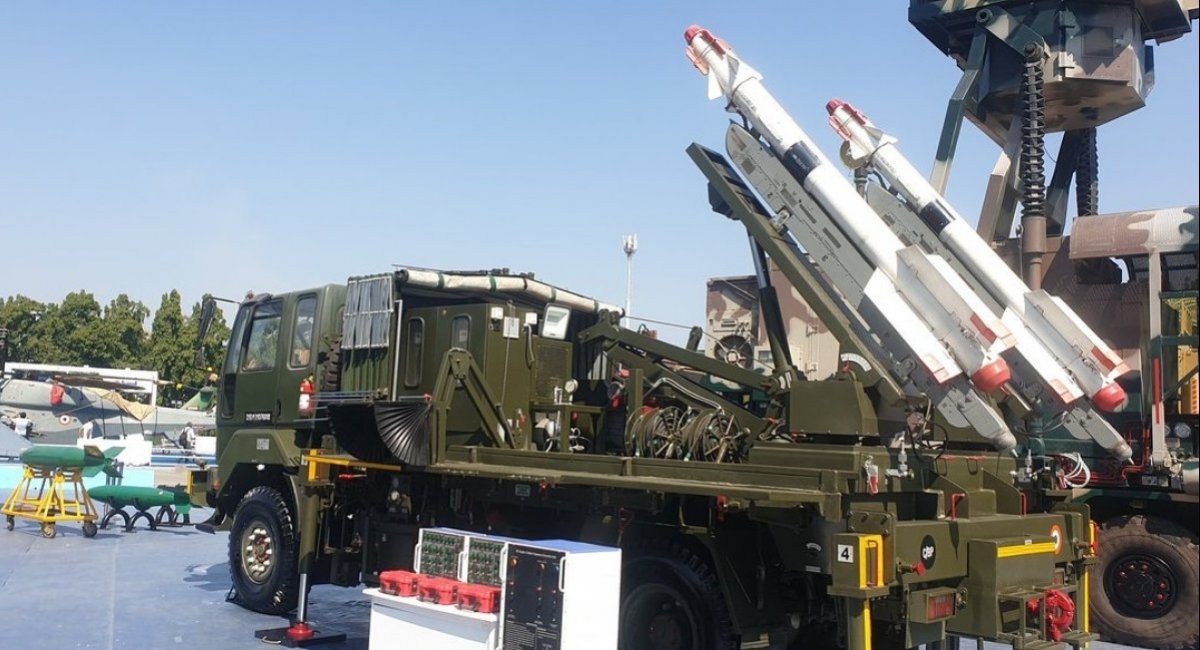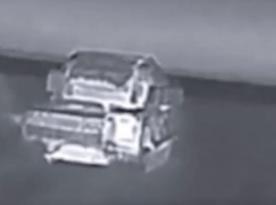Yesterday on December 20, 2023, the Indian Air Force inducted the SAMAR-1 short-range anti-aircraft missile system, a new weapon integrating Soviet R-73 air-to-air missiles that had surpassed their standard service life.
This milestone followed qualifying trials held in mid-December 2023. Although the exact number of SAMAR-1 systems currently in service with the Indian Air Force remains undisclosed, estimates suggest a potential delivery of five such systems, as reported by Janes.
Read more: India Has Successfully Upgraded Air Defense to Use the R-27 And R-73 Missiles
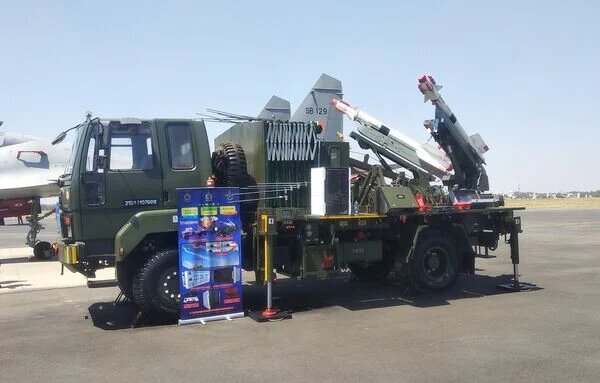
On a note from Defense Express, the SAMAR-1 system's journey to operational status provides an interesting example: it's not enough to simply develop an improvised air defense system, one must also integrate it into active military service, a process that may entail the emergence of certain complexities.
After all, during the Aero India 2023 expo in February 2023, the Indian Air Force revealed preparations for adopting the first five SAMAR-1s. One of the system's launcher vehicles was displayed at the expo.
By that time, SAMAR-1 had already completed 17 test launches, apparently recognized as successful because the weapon was greenlighted to enter an initial production phase. The presented air defense system was ready to fulfill its primary objective — to provide the Indian military with an improvised anti-aircraft system capable of utilizing the available stockpile of approximately 4,700 expired R-73 anti-aircraft missiles.
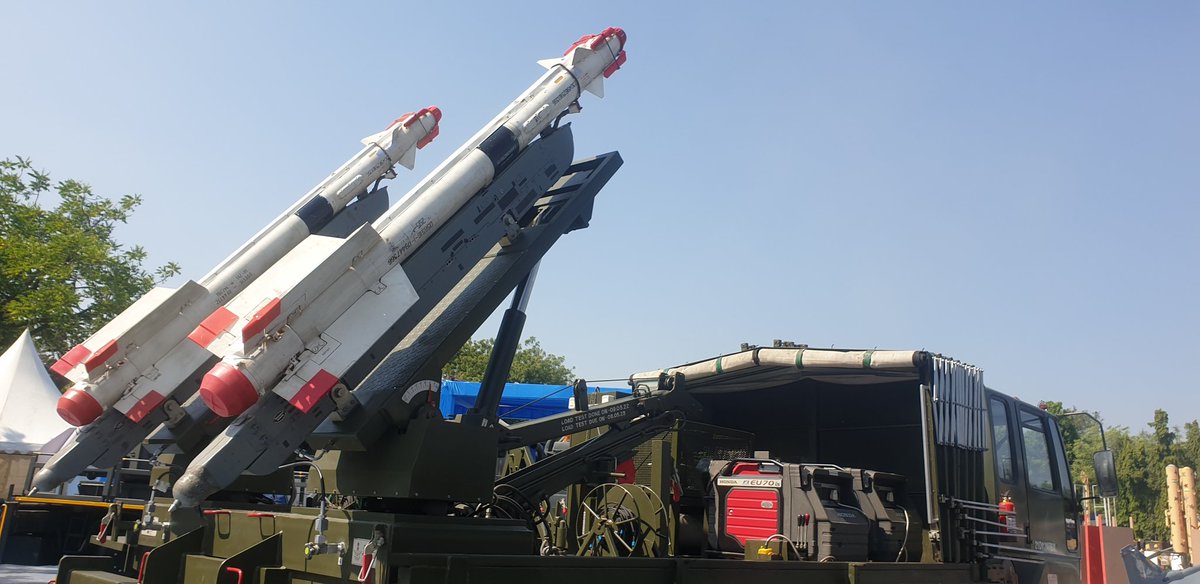
However, the adoption process took 10 whole months to complete, at least this much time it needed to pass the final test.
Here's some background on SAMAR-1. The first presentation took place in March 2021, the system was mounted on a ZiL-131 wheeled 6x6 chassis, later replaced with an Ashok Leyland vehicle, as seen in the photos from Janes taken this February.
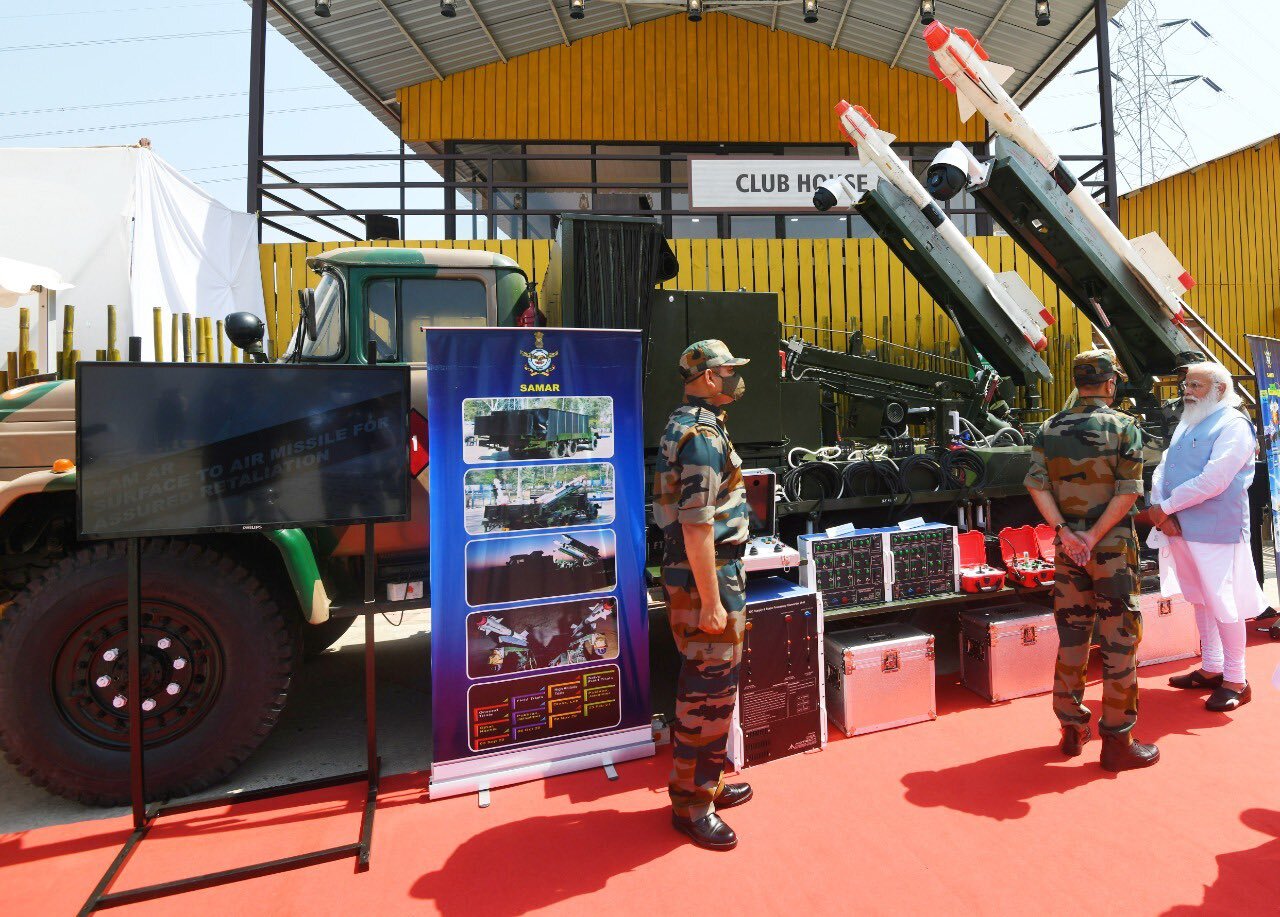
The SAMAR-1 system has a target engagement range of 10–12 kilometers, while the maximum target altitude remains undisclosed. Guiding the missile toward its target is a stationary electro-optical station integral to the system.
Interestingly, the Indian Air Force has not yet announced whether it will adopt the SAMAR-2 — a related improvised air defense system for R-27ET missiles featuring an infrared homing head and boasting an increased 20-kilometer range. The platform is an 8x8 wheeled Tatra-815 chassis, and fire control employs an electro-optical station, too.
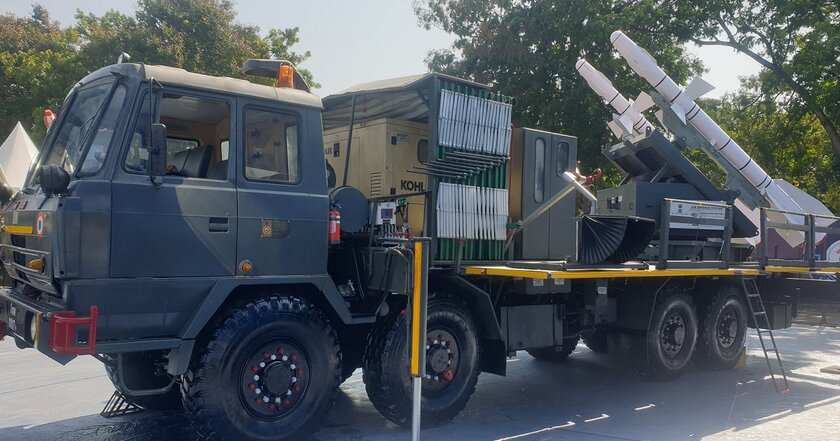
In contrast, there's Ukraine and its pursuit of a joint project with the United States named FrankenSAM, which aims to create hybrids based on Soviet-era air defense systems equipped with modern anti-aircraft missiles. The partner countries achieved swift results and have already put the first units into operation on the Ukrainian frontlines.
It is unknown when the project commenced but it took just a month of testing for three systems developed within its framework, one of them reportedly having arrived in Ukraine mere weeks after the announcement of its existence.
Read more: U.S. Seems to Have Started Making FrankenSAM Systems with AIM-9M Missiles in Ukraine



